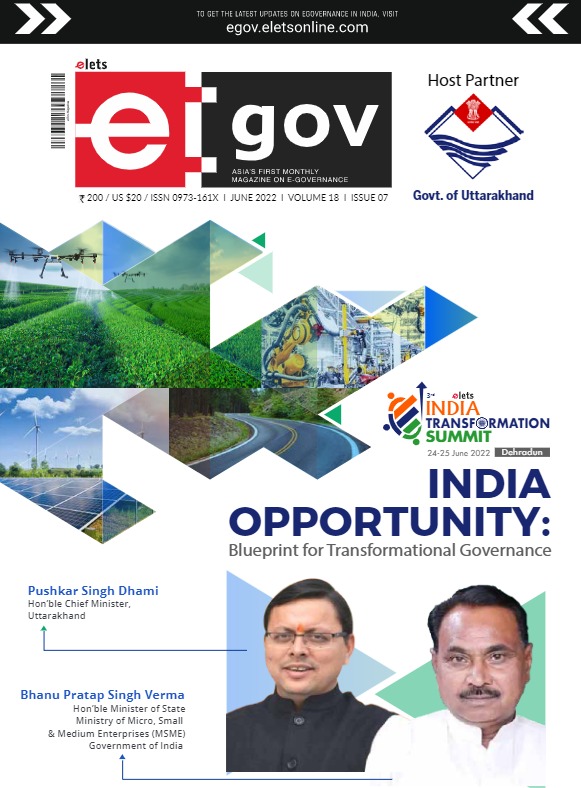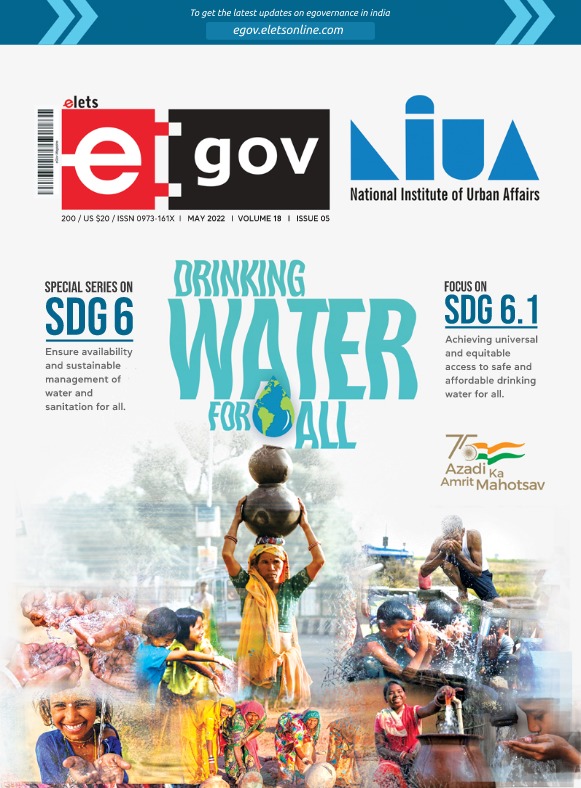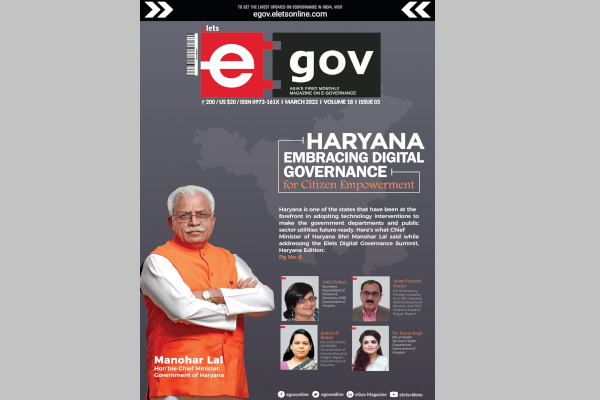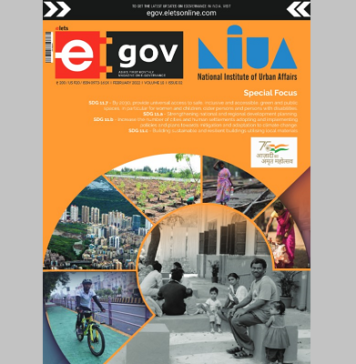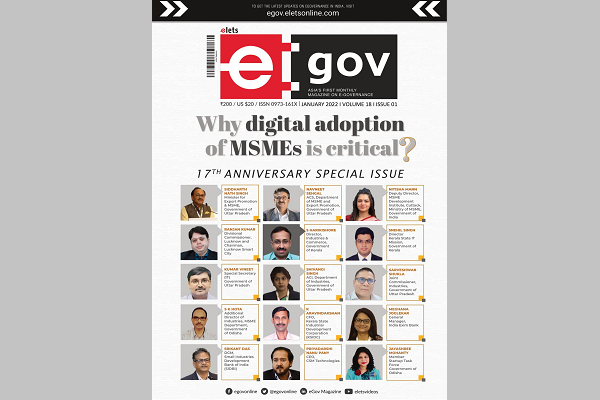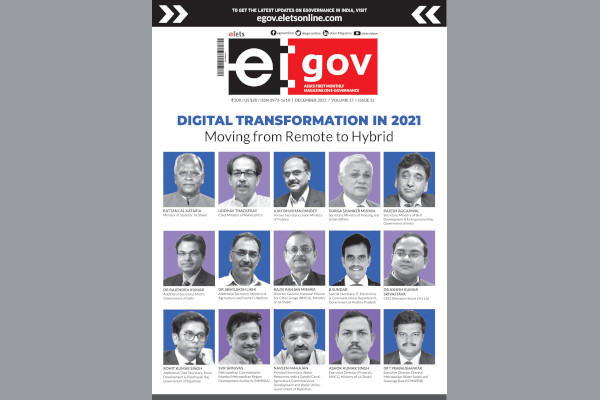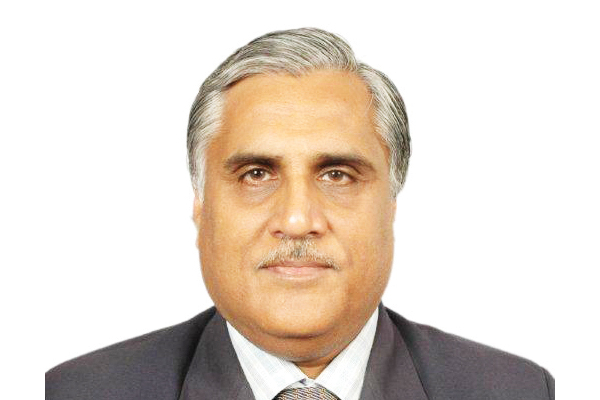
We believe that sustainable transport systems like this really touch the lives of public on a daily basis in dealing with the mobility challenges like traffic congestion, air pollution, road rage, etc, says Rajiv Banga, Managing Director and CEO, IL&FS Rail Ltd in an interview with Elets News Network (ENN).
Give us an overview of IL&FS Rail Ltd.(IRL)
Rapid Metro has been in Gurgaon for some time now and we have seen a positive response from all. We have done the Metro project in two phases – the first phase is of 5.1 kms which became operational in Nov 2013. And, the second phase which comprised executing the 6.6 km network extension on Golf Course Road from the Sikanderpur interchange of the Delhi Metro went live on 31st March 2017. By operating a public transport utility service for over 4 years in Gurgaon, we have successfully established ourselves as a smart, efficient, comfortable system ensuring safety, security and a high order of operating efficiencies as well. We believe that sustainable transport systems like the metro really touch the lives of people on a daily basis while dealing with the mobility challenges like traffic congestion, air pollution, road rage, etc.

Therefore, public transport systems like this are an effective medium of green mobility. In this regard, we have managed to establish ourselves as a reliable and efficient system. What are the roles of different partners and how difficult it has been to coordinate and implement this project ? As a private entity, we have a concession agreement with the Government of Haryana. So the State Government thru’ its nodal office like HUDA are some of the key stakeholders. The private funding has been put together by the IL&FS group entities. Then, the lenders are another set of stakeholders because debt is always taken as a project finance from a consortium of banks. Moreover, private projects cannot be executed by the company in isolation – it is equally important to stay fully integrated with the eco-system. Many of these responsibilities are needed to be carried out by the State Government, Municipal Corporation, law and order authorities, etc.
Importantly, any project especially in the metro sector has to be approved by the Commissioner of Metro Railway Safety and before that specifications are approved by RDSO which is an essential part in the execution and implementation of the project. Further, while working on infrastructure projects like this in an urban area, the key challenge is getting access to all the land as well as securing Right of Way for appropriate parcels of land and dealing with the relocation of underground utilities. In order to complete this process, interaction is necessary with a wide array of people in the catchment, the institutional entities etc.

What sort of advanced technology has been integrated in the project and how it has been helping people and the system?
As a technical specification, we have opted for standard gauge metro network which works on 750 Volt DC. Interestingly, the third rail runs on the ground parallel to the track itself. The standard gauge, 750 Volt DC system is a proven European configuration In areas like NCR with a humid and dusty environment, this traction system tends to be more reliable and efficient.
Also, in our new system, we have moved to LED based system, both in the rolling stock and at stations which is more efficient. Both these systems are very energy efficient & in fact regenerative braking further adds to energy conservation. Moving to the commuter perspective, ours is a unique example of two independent metro systems working on a common travel card viz. Delhi Metro (DMRC) and Rapid Metro. The Delhi Metro card is seamlessly used on the Rapid Metro system wherein a commuter can enter in one system and exit into the other system without any hassle, thus offering a seamless experience.
Despite being two independent metro networks, the common metro card has done very, very well in enabling ease of travel for the commuters Secondly, our depot is an elevated depot which uses the land much more optimally. Our first depot is in about 7 acres and second one is in 10 acres, which is substantially lower than depot area for other metro systems.
From the safety perspective, we have features like CCTV, surveillance on the platform, provision for real time communication between the commuter & train operator, as necessary. The train operator has a two way communication with the Operational Control Centre and in the event of any emergency it can respond through the Emergency Response Team on the ground. In terms of new initiatives, we have adopted the open access system. Additionally, we are planning to put up a solar plant at our depot that would be available soon, in the next 3-4 months.
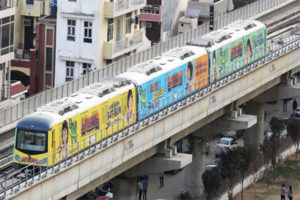 Tell us about other initiatives undertaken.
Tell us about other initiatives undertaken.
Such projects need to be integrated with the ecosystem and that responsibility largely rests in the ambit of the Municipal Corporation or the State Government.
The first and last mile connectivity is very important to feed into and evacuate from the mass transit system. On a pilot basis, from our terminus in the South Extension, we have e-rickshaws running from day one itself to cater to about 2-3 kms catchment from the station. Also, we have put AC shuttles to cater to catchments of 6-7 kms. Further, we have partnered with Ola for their Express Ola share route from some of our stations.
For an enhanced travel experience, we have put in all thes pilots, which have helped us make the metro a preferred solution for a lot of people who live in the vicinity. For any metro in its initial years, non-fare revenue is very important as the fare fixation is based on norms of social infrastructure and viability of these projects pose a major challenge. Therefore, non-fare becomes a very important source of revenue. In this regard, Rapid Metro has pioneered with concepts like station naming rights for partners and other forms of advertisements at our stations. We have also innovated with the concept of train wraps as a medium for outdoor advertising. In India, these initiatives have been piloted and pioneered by us and now various other metros have replicated that. We have also introduced various forms of engagement with commuters like Birthday on Wheels, Joy Express etc.
What are your future plans for Gurugram and across India?
We have complete capability to handle projects from conceptualisation, project development, integrating technologies-in terms of specifications, project management, coordination, inspection, testing and getting a project commissioned, followed by operation and maintenance. We have an end-to-end capability to oversee & manage interfaces for all these activities. In the last 4 years, we have developed a very good capability for managing all the operations as well as maintenance and with a proven track record thus far, we are looking forward to implementing more such projects as service providers for Operations & Maintenance. Also, the metro policy announced in August last year gives an impetus to PPP projects.
Having built a very good O&M capability with our benchmark indicators being amongst the best in the country, we wish to extend our services to other metros by participating in O&M service bids for whoever comes up with such bids. There are a few corporations which are coming up with outsourcing their O&M services in full/part and we are looking at extending our footprint in operation and maintenance. Our focus has always been on providing integrated and customer-centric services. As far as Gurugram is concerned, we are in dialogue with the Government of Haryana for extending the network to the Old Gurgaon side. Various alignments have been discussed which meet the needs of all the stakeholders
Be a part of Elets Collaborative Initiatives. Join Us for Upcoming Events and explore business opportunities. Like us on Facebook , connect with us on LinkedIn and follow us on Twitter, Instagram.




